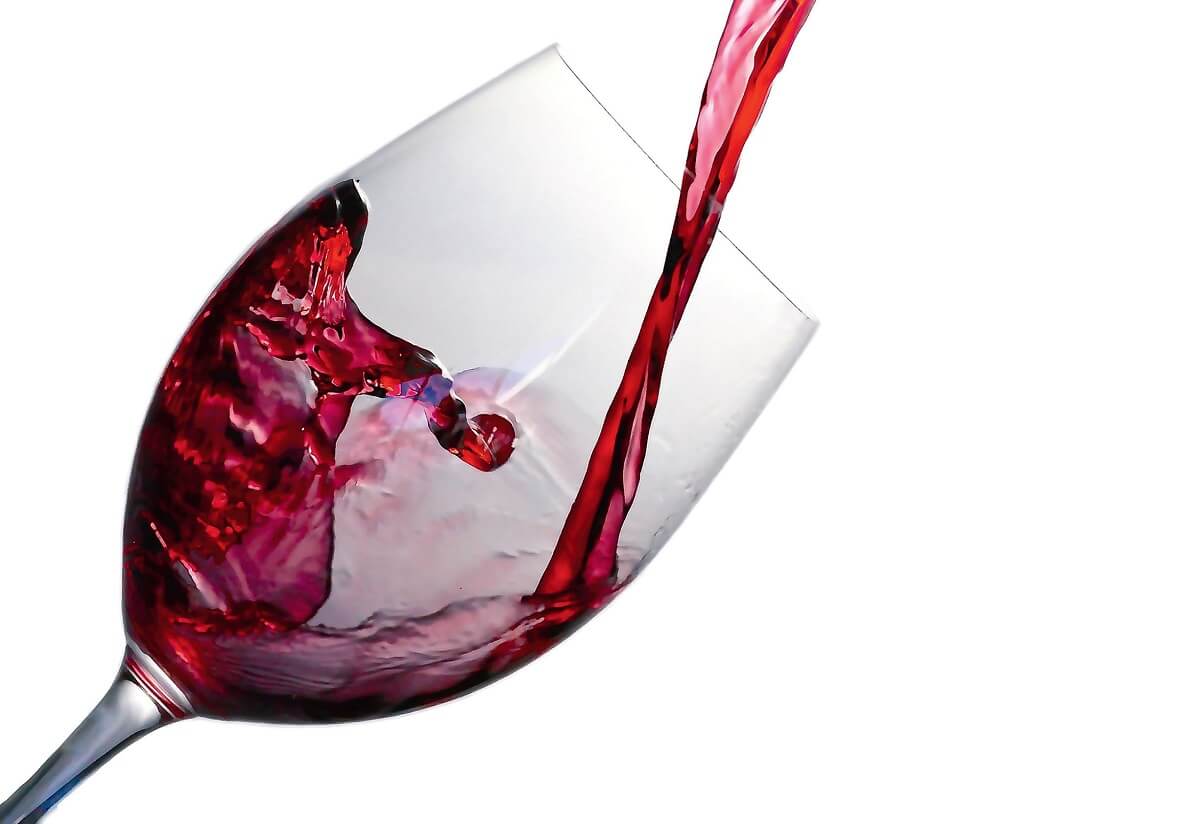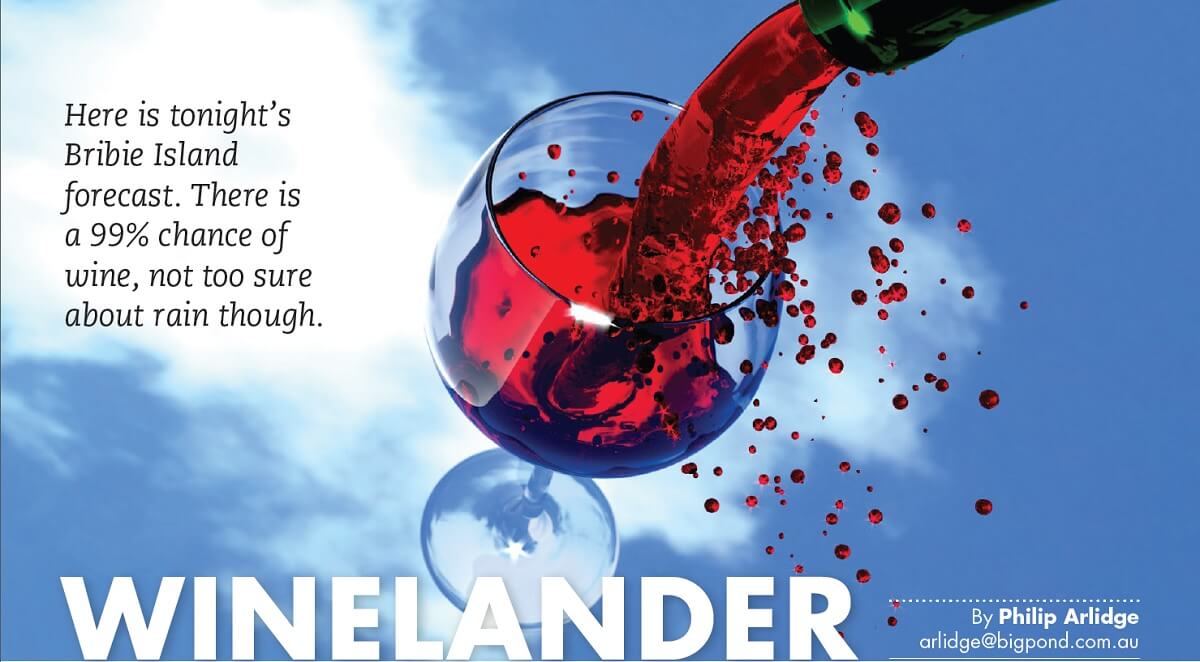Having a glass of wine should be a special event even if it’s just relaxing after a day at work, over dinner or sitting with a friend. It can change an ordinary meal into something special, it can stimulate conversation, it can create friendships, wine can also be served to celebrate a special occasion, or enjoyed on one’s own.
However, there can also be a bit of theatre when opening a bottle as the waiter removes the cork from a favourite sparkling wine especially Champagne, not so table wines nowadays with the screw tops (Stelvin Caps), but remember when the cork would be removed with a waiters friend.
After running the blade around the foil the waiter would twist the screw into the cork then lever it out gently especially an old cork before smelling the cork and then placing it on a saucer, you would smell the wine, sometimes even the cork yourself, have a taste and give the nod of approval, which if you enjoy imported wines is still an option but not on Australian wines.
We have looked at the development of the screw cap before but it I think it was some time ago and it is now timely to cover old ground and refresh our memories as to the reasons why we have Stelvin Caps in the first place and nowadays enjoy almost 100% perfect wines which were not the case 25 years ago when corks were the preferred method of sealing our favourite tipple.
In the late 1970’s someone came up with the idea of developing an enclosure that would allow the wine to develop in the bottle in a screw top version and named it a Stelvin Cap, it was probably an economic situation at that time because corks have never been cheap and as we will find out quite often unreliable.
Initially it was used on wines such as Ben Ean, Black Forest Moselle and Rhine Keller which were all fairly inexpensive sweeter style wines, also some good quality Rieslings were tried, I think from memory Pewsey Vale was one of them, but the public wasn’t convinced and as winemakers weren’t game to try more expensive or red wines with this form of closure the idea was dropped. Strangely when the Stelvin Cap came out of retirement some 20 years later the Rieslings that were bottled all those years ago were still in drinkable condition and had improved in the same way as they would have done under a good quality cork.

Cork is harvested from the bark of cork trees of which over 60% are grown in Portugal and Spain, and it takes twenty-five years before the first stripping can take place then every nine years or so and because the trees can live for many years is considered sustainable. The first harvest usually produces poor quality cork which can be used in industrial products such as flooring, shoes etc. before the quality is suitable for wine bottle corks. In the mid-17th century The French Winemakers were using oil-soaked rags stuffed in the necks of the bottles then it was found that corks were a more suitable way of sealing the neck of the bottle.
The corks can be made of a single piece of cork or of composed particles as in the case of Champagne corks and it seems that corks made in this were proved less troublesome than a single cork. Corks used to be responsible for about 80% of the 20 billion bottles of wine produced each year and after a decline in use due to the increase in synthetic alternatives they are making a comeback and currently represent around 60% of wine stoppers today but it is doubtful whether they will ever return to the level they once were.
A chemical compound, known as Trichloroanisole (TCA) found in some of the corks changed the Australian winemaking industry in the mid-1990s by causing a high percentage of wines produced to develop an unpleasant odour similar to damp cardboard, and the wine was deemed ‘corked’. It was a difficult situation because until the wine was opened it wasn’t detectable and at its worst it was estimated that up to 10% or more of wines had this cork taint and to make matters even worse probably 99% of this wine was poured down the sink with drinkers thinking the wine was at fault and many consumers would probably not buy that brand again and a solution had to be found.
To give an indication of the problem I was involved in the sale of around 12 million bottles of wine from 1980 to 1995 and I doubt whether 3 dozen bottles were ever returned by customers. A solution had to be found and wine companies resorted to synthetic corks made of plastic, glass corks, corks that unwound the list seemed endless until someone remembered the Stelvin Cap and the day was saved.
The cork industry recognised they were about to lose everything so set about solving the problem treating the corks before TCA ruined them and managed to keep a high percentage of the world’s wine producers on side but wines made in New Zealand and Australia are pretty well all enclosed in Stelvin, although some exporters, especially to America and China, do use cork as in some countries screw tops still give the impression of cheapness.
In America, for instance, they use plastic corks in their cheaper wines which makes the wine look even cheaper but they consume huge amounts of New Zealand Sauvignon Blanc and still have a love of Australian wines all sealed with Stelvin, I think the words slow learners may come to play here.
Anyway enough of the chemistry lesson, there are some good deals out there at the moment and it pays to be a member of Dan Murphy’s loyalty scheme. Occasionally they will email a special directly from a winery, I grabbed a dozen Clare Valley Riesling from Claymore including delivery for $8 a bottle the other day and have used them several times in the past. There’s not a lot of difference between Liquorland and BWS except Liquorland have more single bottle buys which I prefer instead of having to buy 6 bottles at a time.
Liquorland is regularly promoting Annie’s Lane Shiraz at $12, Samuel Wynn Last Rights Cabernet Sauvignon $10, William Hardy Langhorne Creek Shiraz $10 and a couple of interesting labels from Constellation Wines called The Mingler Shiraz and The Mingler Cabernet Sauvignon packaged in bottles that look more like large beer bottles but the wine is very good. Cheers, Philip Arlidge. [email protected]
“Wine enters through the mouth, love through the eyes, I raise a glass to my mouth, I look at you, I sigh” Jalaluddin Rumi “There are thousands of wines that can take over our minds. Don’t think all ecstasies are the same!”
William Butler Yeats
